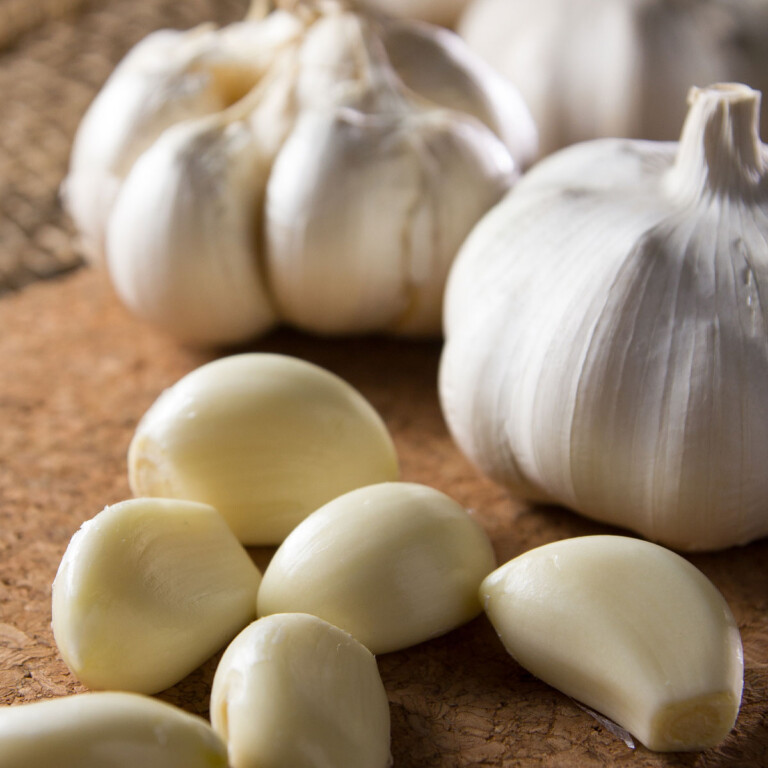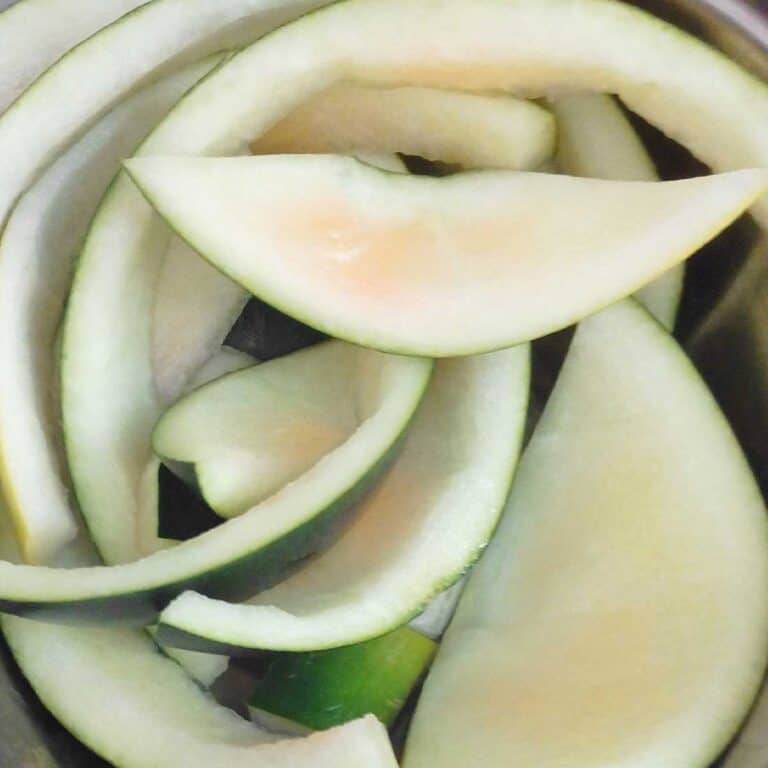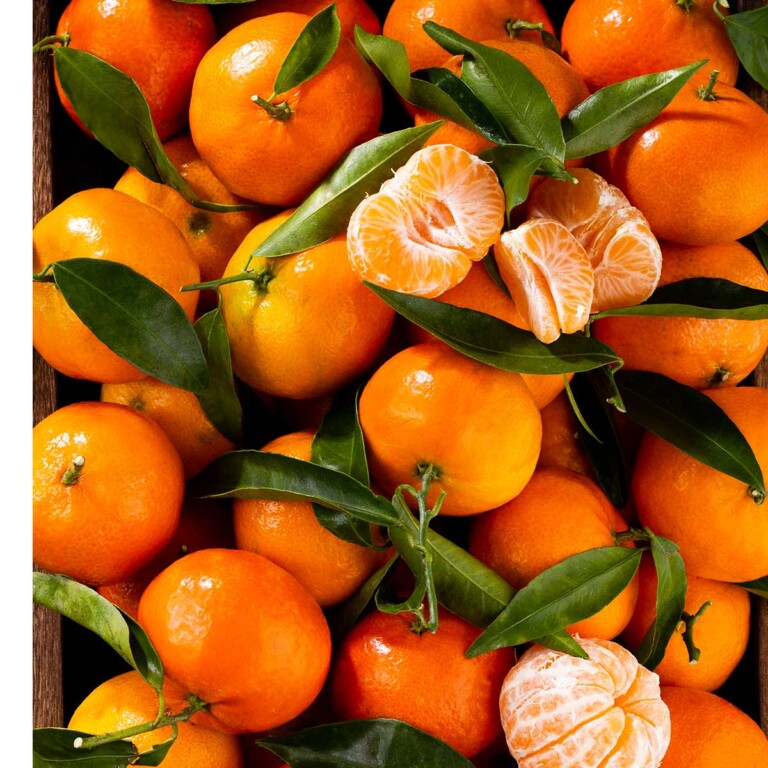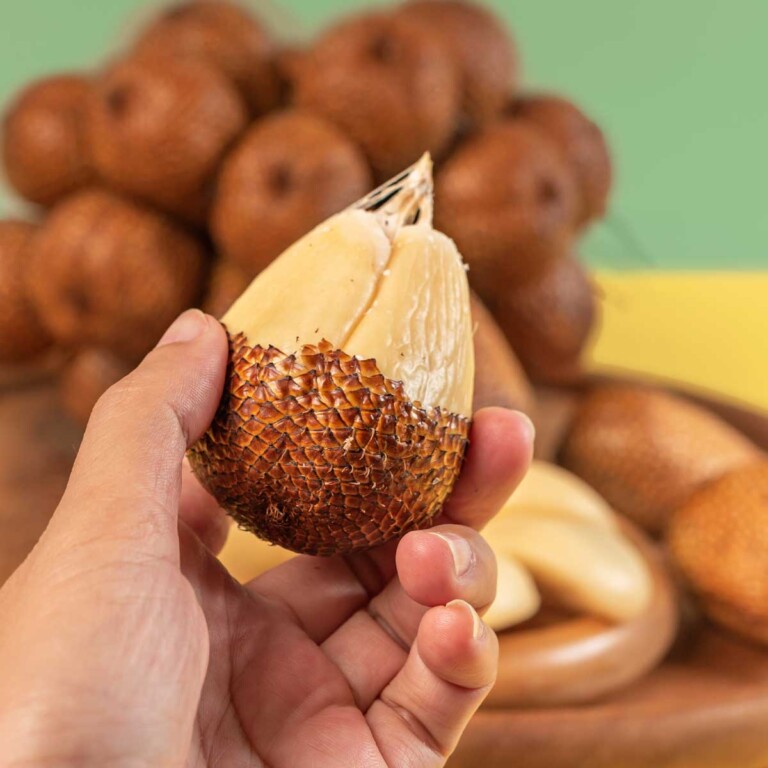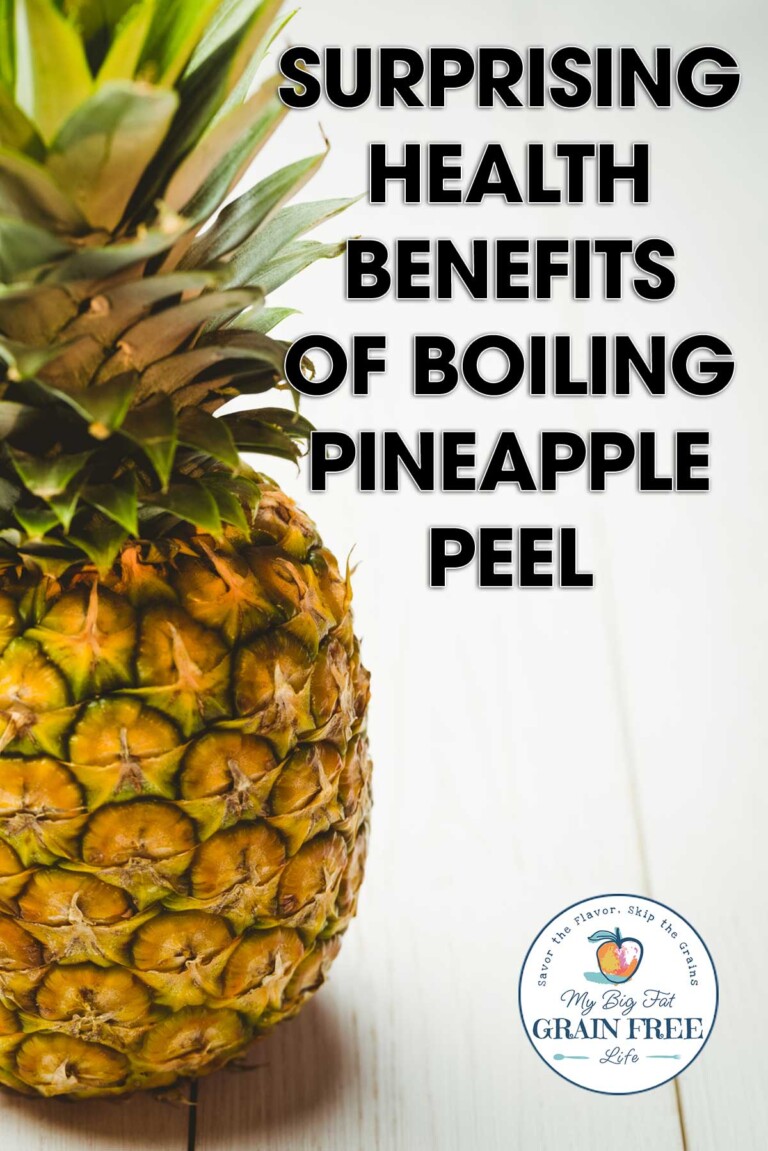White Apples: Facts, Taste & What You Need to Know
This post may contain affiliate links. If you make purchase after clicking a link, I may receive a commission at no extra cost to you.
Last Updated on February 19, 2024
Did you know that there was such a thing as white apples? It’s true! Not all apples are red, green, or yellow. Learn all about white apples, including the different varieties as we take a thorough look at what sets them apart.

White Apples
White apples are a unique variety of apples that offer a fresh twist to the traditional red or green apples. These apples have gained popularity due to their striking appearance and delicious taste.
We will take a look at the history of white apples, discuss whether they are genetically modified (GMO), learn about what makes them white, explore where they are grown, and more.
History of White Apples
The history of white apples is fascinating and dates back centuries. While there are various cultivars of white apples available today, one of the most well-known is the White Winter Pearmain.
This apple originated in England in the 18th century and is renowned for its crisp texture and sweet flavor. Over time, other varieties such as Beliy Naliv from Russia and Ghost Apple from Japan have also gained recognition among fruit-lovers.
Are White Apples Genetically Modified (GMO)?
Contrary to popular belief, white apples are not genetically modified (GMO). The unique coloration of these apples occurs naturally due to specific pigments present in their skin.
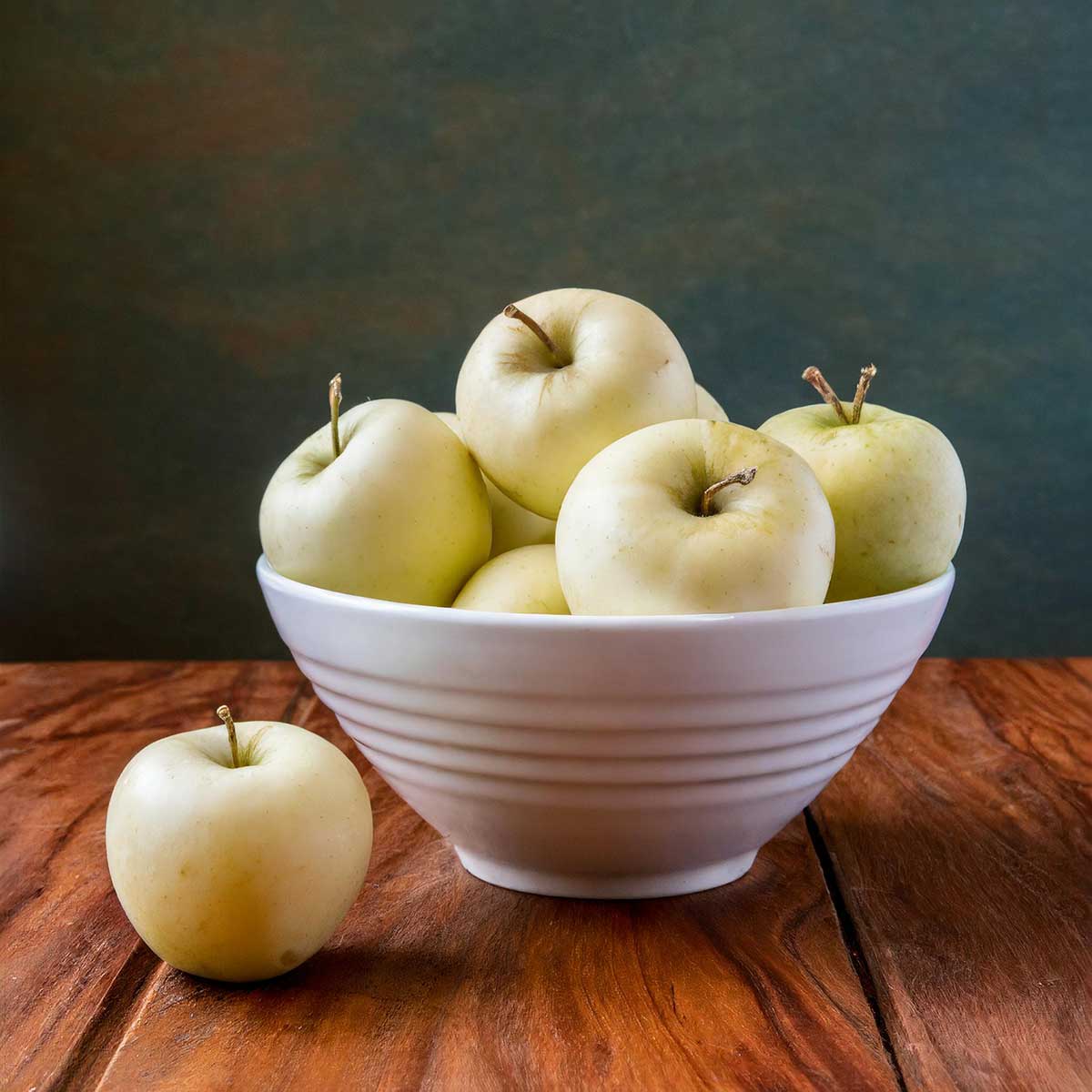
White Apples
- Appearance: White apples have a pale, creamy white skin color. They are usually round in shape, similar to other apple varieties. Some white apples may have a slight blush of pink or green on their skin, depending on the specific variety.
- Texture: White apples generally have a crisp and firm texture. The flesh is juicy and can range from slightly dense to tender, depending on the specific variety. When bitten into, they offer a satisfying crunch.
- Flavor Profile: White apples typically have a delicate and mildly sweet flavor. They are known for their subtle tartness that provides a refreshing balance to the sweetness.
- Versatility: White apples are a very versatile fruit. Due to their mild sweetness and gentle tartness, they can be used in both sweet and savory dishes.
- Seasonality: White apples are available during certain seasons of the year, typically in late summer through fall.
What Makes Apples White?
The distinct white color of these apples is attributed to a combination of factors. One key factor is the presence of a pigment called anthocyanin in their skin.
While red or green apples contain higher levels of anthocyanin, white apples have lower levels which result in their pale hue. Additionally, certain cultivars may have a genetic mutation that inhibits the production of pigments responsible for red or green colors.
Varieties of White Apples
- White Transparent Apple: The White Transparent apple is a variety known for its pale yellowish-white skin, which becomes almost translucent when fully ripe. It has a crisp texture and a slightly tart flavor, making it ideal for fresh eating, baking, or juicing. This apple variety originated in Russia and is popular for its early ripening season, usually in late summer or early fall.
- White Cloud Apple: The White Cloud apple is a unique variety that stands out with its creamy white skin color and round shape. It has a sweet and mildly tart flavor with a hint of citrus undertones. This apple is known for its firm and juicy flesh, making it perfect for snacking or adding to salads. The White Cloud apple ripens in mid to late autumn and can be stored well into winter.
- Ghost Apple: The Ghost Apple is an intriguing white apple variety that derives its name from the ghostly appearance it creates when left on the tree through frosty weather conditions. Its pale ivory skin contrasts beautifully with the dark branches, giving it an ethereal look. The Ghost Apple has a sweet and slightly tangy flavor with a crisp texture that makes it enjoyable to eat fresh or use in culinary creations.
- White Icicle™ Apple: White Icicle™ is an exclusive trademarked white apple variety developed by horticulturists. This apple features a distinct elongated shape resembling an icicle, hence the name. It has a creamy white skin with occasional blushes of pink or greenish-yellow tones. With its sweet-tart taste and crunchy texture, the White Icicle™ apple is ideal for snacking, salads, or baking purposes.

Where are White Apples Grown?
White apples can be found in various regions around the world. While they are not as widely grown as red or green apples, they can often be found in local farmers’ markets or specialty grocery stores.
Some popular regions for white apple cultivation include England, Russia, Japan, and certain parts of the United States.
Nutrition Facts for White Apples
White apples are not only visually appealing but also full of nutritional benefits. They are a good source of vitamins, minerals, and dietary fiber. These nutrients contribute to a healthy diet and support overall well-being.
Vitamins & Minerals
White apples contain essential vitamins such as vitamin C, which boosts immune function and promotes collagen production for healthy skin.
They also provide potassium, an important mineral that helps maintain heart health and regulate blood pressure. Additionally, their dietary fiber content aids digestion and promotes feelings of fullness.
Antioxidants
Like other apple varieties, white apples are rich in antioxidants that help protect against cellular damage caused by free radicals. These antioxidants have been linked to numerous health benefits, including reduced risk of chronic diseases such as heart disease and certain types of cancer.
How are White Apples Different from Red or Green Apples?
While white apples may share some similarities with their red or green counterparts in terms of taste and texture, there are distinct differences that set them apart.
White apples often have a milder flavor compared to red or green apples, with hints of sweetness and tartness. Their texture is crisp and juicy, making them perfect for fresh eating or incorporating into various recipes.
Best Uses for White Apples
White apples can be used in a variety of recipes and dishes due to their unique flavor profile.
They are excellent for making delicious apple sauce or adding a touch of sweetness to salads and desserts. Their crisp texture holds up well when baked into pies or tarts.
Additionally, their subtle flavor pairs beautifully with savory dishes such as roasted chicken or cheese platters.
Where to Buy White Apples
While white can often be found at local farmers’ markets or specialty grocery stores. These establishments prioritize offering a wide range of apple varieties to cater to the diverse preferences of customers.
Additionally, online retailers specializing in rare or unique fruit varieties may also provide easier access to white apples.
How to Store White Apples
To ensure the freshness and longevity of white apples, proper storage is essential. Store them in a cool, dry place such as a refrigerator crisper drawer or a cellar.
Make sure to keep them away from other fruits that produce ethylene gas, which can accelerate ripening and spoilage. When stored correctly, white apples can maintain their quality for several weeks.
Final Thoughts
White apples are a delightful addition to any healthy lifestyle. Their stunning appearance, delicious taste, and nutritional benefits make them a favorite among apple lovers. Whether you enjoy them fresh or use them in various recipes, these unique apples are sure to impress with their distinct flavor and crisp texture.


